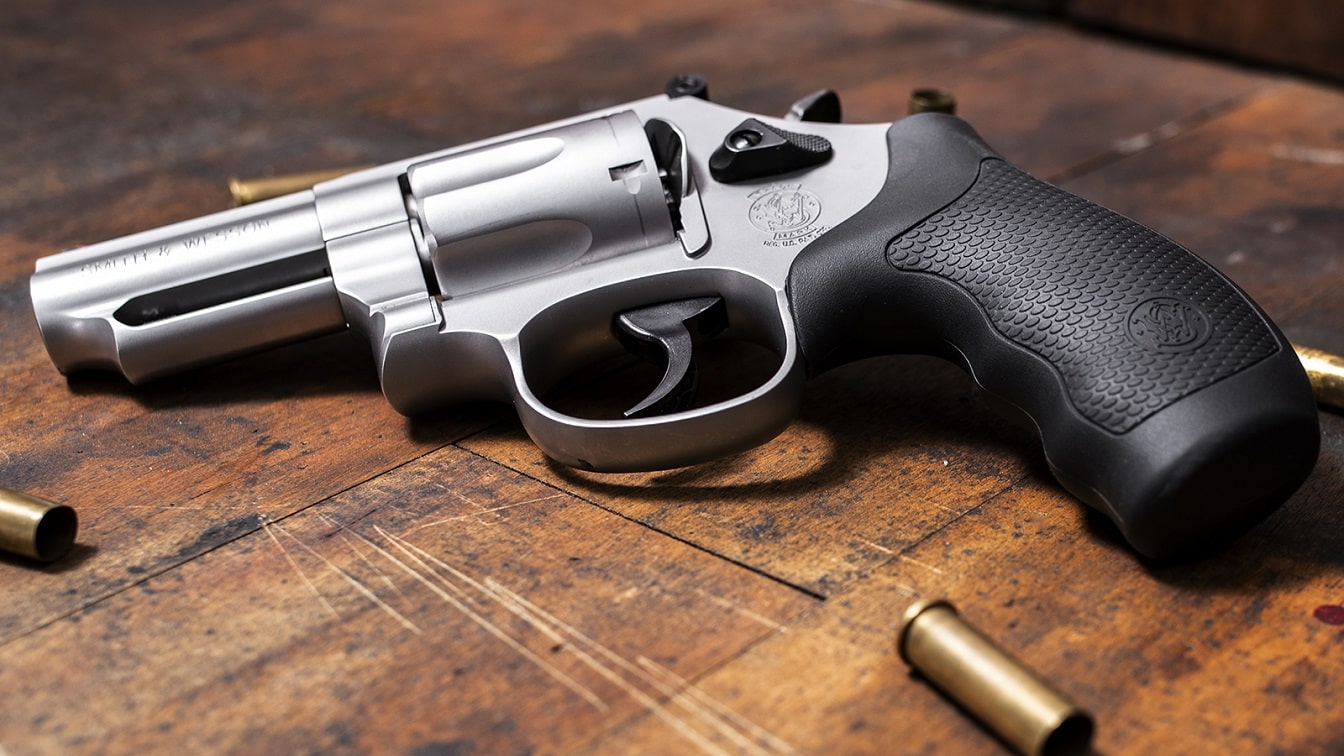DoJ Issued New Rules to Firearm Dealers: Running a gun shop is never easy, and as we enter a New Year, there are now additional procedures that shops must follow.
The Department of Justice (DoJ) kicked off the year by announcing a new rule it said was to help enable the safe and secure storage of firearms. In addition, the DoJ published a new Best Practices Guide for the federal firearms licensees (FFLs), while the new rule will implement the existing Gun Control Act (GCA) requirement that federal firearms licensees that sell firearms to the general public (non-licensees) must certify that they have available secure gun storage or safety devices.
“Today’s announcements build on the department’s efforts to reduce the risk of firearms falling into the wrong hands,” said Attorney General Merrick B. Garland on Monday. “Gun safety is a Department of Justice priority, and we will continue to take all appropriate steps to help reduce the number of people killed and injured by the misuse of firearms.”
The Justice Department has already submitted to the Federal Register for publication a final rule, which will take effect Feb. 3. It will essentially require that all FFLs certify that they have secure gun storage devices available to their customers for purchase. Secure gun storage or safety device, as defined by statute and regulation, could include a safe, gun safe, gun case, lock box or other device that is designed to be or can be used to store a firearm and that is designed to be unlocked only by means of a key, a combination or other similar means.
The DoJ noted that not all devices are compatible with varying types of firearms. Therefore, integral to the new rule is the requirement that FFLs have available secure gun storage options that are compatible with all of the firearms they are selling.
New Guidance from the ATF
The DoJ also noted the release of the Bureau of Alcohol, Tobacco, Firearms and Explosives’ (ATF’s) Best Practices Guide for FFLs, which it touted as an important resource and reference guide about federal laws and regulations.
The Best Practices Guide encourages FFLs to provide customers with ATF publications to help firearms owners better understand their legal obligations, as well as practical steps they can take to help keep firearms out of the hands of prohibited persons and facilitate the safe storage of firearms.
It does address a number of important topics including how FFLs can assist unlicensed firearms owners in conducting background checks for private party transfers; compliance with the Youth Handgun Safety Act; records that all firearms owners should maintain that can assist law enforcement should an owner’s firearms ever be lost or stolen; and the legal consequences and public safety dangers of straw purchasing – which involves purchasing a gun for someone who is prohibited by law from possessing one or for someone who does not want his or her name associated with the transaction.
As superhero movies like to remind us, with great power comes great responsibility.
Peter Suciu is a Michigan-based writer who has contributed to more than four dozen magazines, newspapers, and websites. He regularly writes about military small arms, and is the author of several books on military headgear including A Gallery of Military Headdress, which is available on Amazon.com. Peter is also a Contributing Writer for Forbes.

